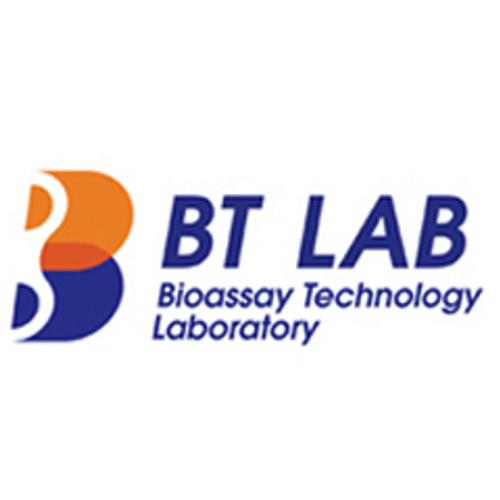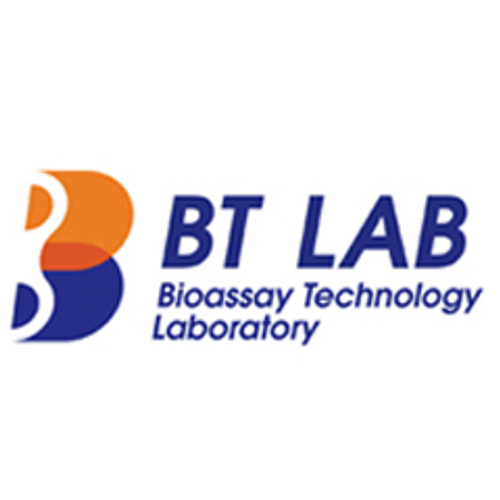Product Description
Mouse Nuclear inhibitor of protein phosphatase 1 (PPP1R8) ELISA Kit | AE26272MO | Abebio
Species Reactivity: Mouse (Mus musculus)
Abbreviation: PPP1R8
Alternative Name: ARD-1; ARD1; NIPP-1; NIPP1; PRO2047; RNase E|activator of RNA decay|nuclear inhibitor of protein phosphatase-1|nuclear subunit of PP-1|protein phosphatase 1 regulatory inhibitor subunit 8|protein ph
Application: ELISA
Range: 31.25-2000 pg/mL
Sensitivity: 7.81 pg/mL
Intra-Assay: ≤5.3%
Inter-Assay: ≤9.6%
Recovery: 1, 06
Sample Type: Serum, Plasma, Other biological fluids
Detection Method: Sandwich
Analysis Method : Quantitive
Test Principale: This assay employs a two-site sandwich ELISA to quantitate PPP1R8 in samples. An antibody specific for PPP1R8 has been pre-coated onto a microplate. Standards and samples are pipetted into the wells and anyPPP1R8 present is bound by the immobilized antibody. After removing any unbound substances, a biotin-conjugated antibody specific for PPP1R8 is added to the wells. After washing, Streptavidin conjugated Horseradish Peroxidase (HRP) is added to the wells. Following a wash to remove any unbound avidin-enzyme reagent, a substrate solution is added to the wells and color develops in proportion to the amount of PPP1R8 bound in the initial step. The color development is stopped and the intensity of the color is measured.
Product Overview: Nuclear inhibitor of protein phosphatase 1, through alternative splicing, encodes three different isoforms. Two of the protein isoforms encoded by this gene are specific inhibitors of type 1 serine/threonine protein phosphatases and can bind but not cleave RNA. The third protein isoform lacks the phosphatase inhibitory function but is a single-strand endoribonuclease comparable to RNase E of E. coli. This isoform requires magnesium for its function and cleaves specific sites in A+U-rich regions of RNA.The 351-amino acid NIPP1 protein is a specific inhibitor of type 1 serine/threonine protein phosphatases. The human ARD1 amino acid sequence is virtually identical to the carboxy terminus of the bovine NIPP1 amino acid sequence.
Stability: The stability of ELISA kit is determined by the loss rate of activity. The loss rate of this kit is less than 5% within the expiration date under appropriate storage condition. The loss rate was determined by accelerated thermal degradation test. Keep the kit at 37°C for 4 and 7 days, and compare O.D.values of the kit kept at 37°C with that of at recommended temperature. (referring from China Biological Products Standard, which was calculated by the Arrhenius equation. For ELISA kit, 4 days storage at 37°C can be considered as 6 months at 2 - 8°C, which means 7 days at 37°C equaling 12 months at 2 - 8°C) .
 Euro
Euro
 USD
USD
 British Pound
British Pound
 NULL
NULL












